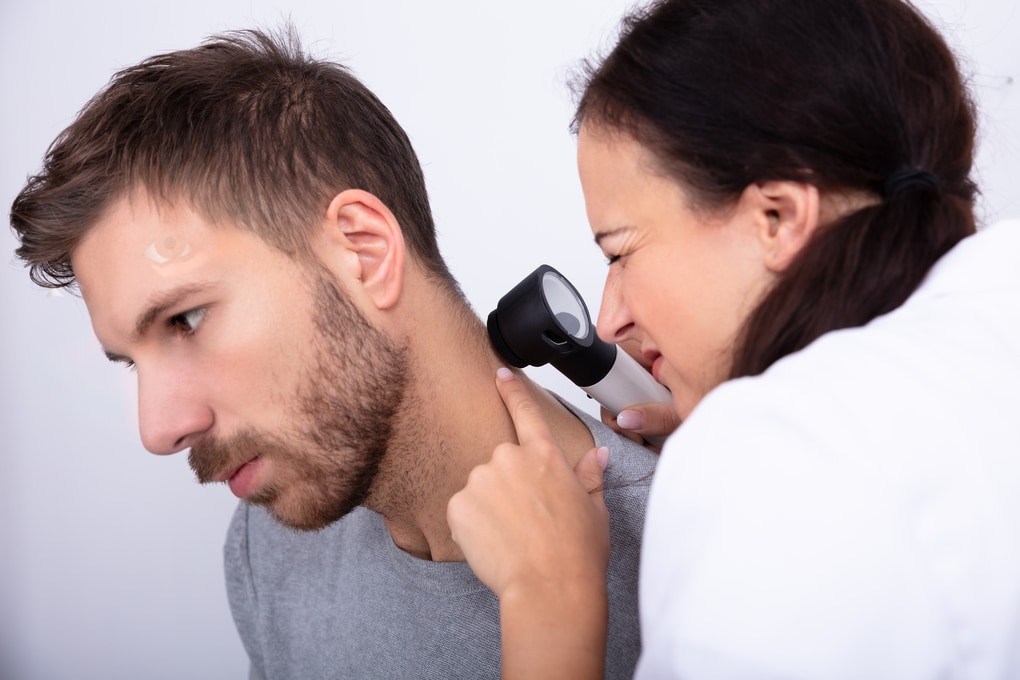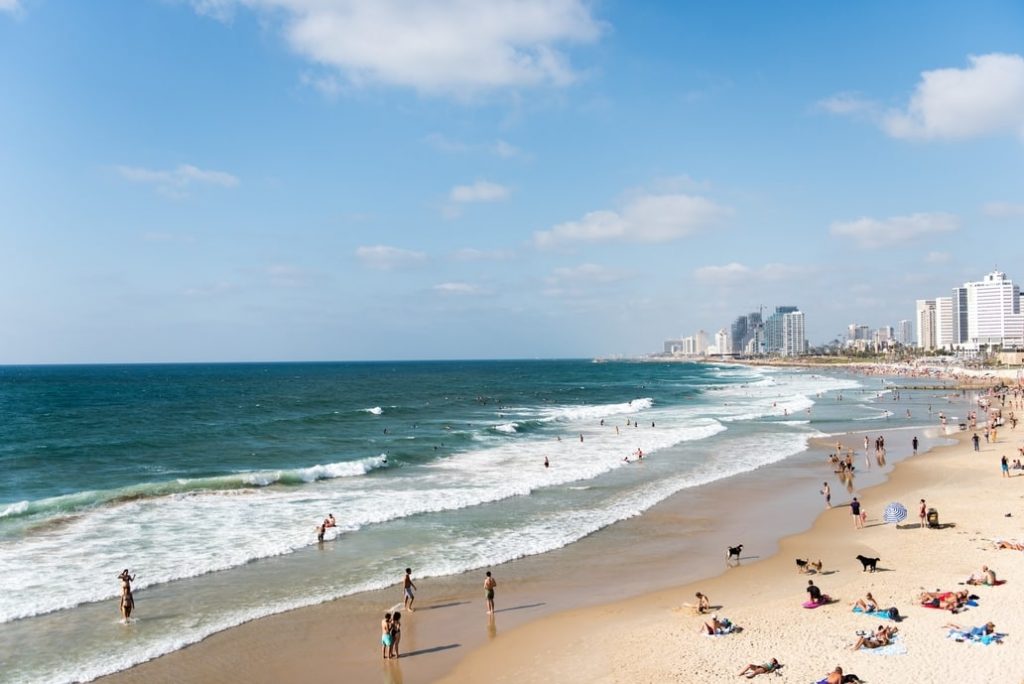Given Darwin’s summer packing a punch, it is the perfect time to visit your skin cancer clinics and check for signs of any skin cancer.
Every year, skin cancer accounts for the largest number of cancer diagnoses in Australia, with an estimation of over 16,000 new cases for 2020 alone.
Australia’s high incidence of skin cancer can be attributed to receiving high levels of UV radiation, especially in Darwin due to its proximity to the equator.
Given that the majority of the melanoma cases are caused due to sunburn, a regular screening test for Darwinians checking for signs of skin cancer is recommended.
Importance of early skin cancer detection

The sooner you can identify and diagnose skin cancer, the better your chances are to avoid and prevent any further medical complications. For instance, if melanoma goes undetected, it would require complex surgeries and radiation to treat it and may also become fatal.
Skin cancers can develop very quickly. They can grow and spread in as little as 6 weeks and can become life-threatening if left untreated.
With no formal skin cancer screening program currently available in Australia, it is important to undergo annual skin screenings as well as seek help from doctors when you notice any signs and changes the way your skin looks.
It is also recommended to keep yourself updated with information on early detection and prevention of skin cancer.
Common types of cancers in Australia and the signs to look for
In Australia, there are three main types of skin cancers and all of these three types have their own particular signs that can be identified easily.
“If your cancer is detected early, most cancers are treated successfully.”
Melanoma –
It is the deadliest type of skin cancer in Australia and worldwide, as it grows and spreads very quickly.
- Signs include asymmetrical spots that are changing in shape, colour and size.
- Melanoma spots are always different from any spots in your skin, a name given as an ugly duckling sign that appears uneven with smudgy borders and can be bigger than 7mm.
- The spot is always evolving, meaning it keeps changing its shape and colour.
Basal Cell Carcinoma (BCC) –
This type of skin cancer is common but not very aggressive as melanoma. It grows rather slowly, usually on the head, neck and upper torso. The signs to identify a BCC type of cancer include:
- An open sore that doesn’t heal. The sore might also bleed and can persist for weeks.
- The affected area will be irritated, itchy and appears reddish which may or may not feel discomfort.
- A small bump can also be seen that can be of any colour like tan, brown, black, pink or red.
Squamous Cell Carcinoma (SCC) –
Squamous cancer type is also not very common, but it can spread quickly if not treated timely. Although SCC is a less aggressive cancer form, if left untreated, it can cause serious health complications at a later stage. To identify this type of cancer, look for:
- A flat sore with a scaly crust that can bleed easily.
- A new sore or a raised area in an old sore or ulcer.
- A red rough and scaly patch in your lips or mouth or on your genitals.
When should I seek help?
It is good to become familiar with the look of your skin especially with our skin moles, the blemishes, and freckles. So, if you notice any changes in their appearances and spot changes in colour, shape or size, then it might suggest cancer.
However, if you notice any unusual change in your skin, seeing your doctor is the best start. A local GP like Territory Medical Group has trained GPs who can conduct a skin screening and advice on your appropriate management plan.
GPs are trained to even remove a part of your skin and conduct testing in a pathology.
Your GP can also refer you to a skin specialist or dermatologist.
If your cancer is detected early, most cancers are treated successfully.
To visit our Darwin skin cancer clinic, you can avail of an online appointment or alternatively call us at (08) 8948 4333 for further information on our skin check services.

